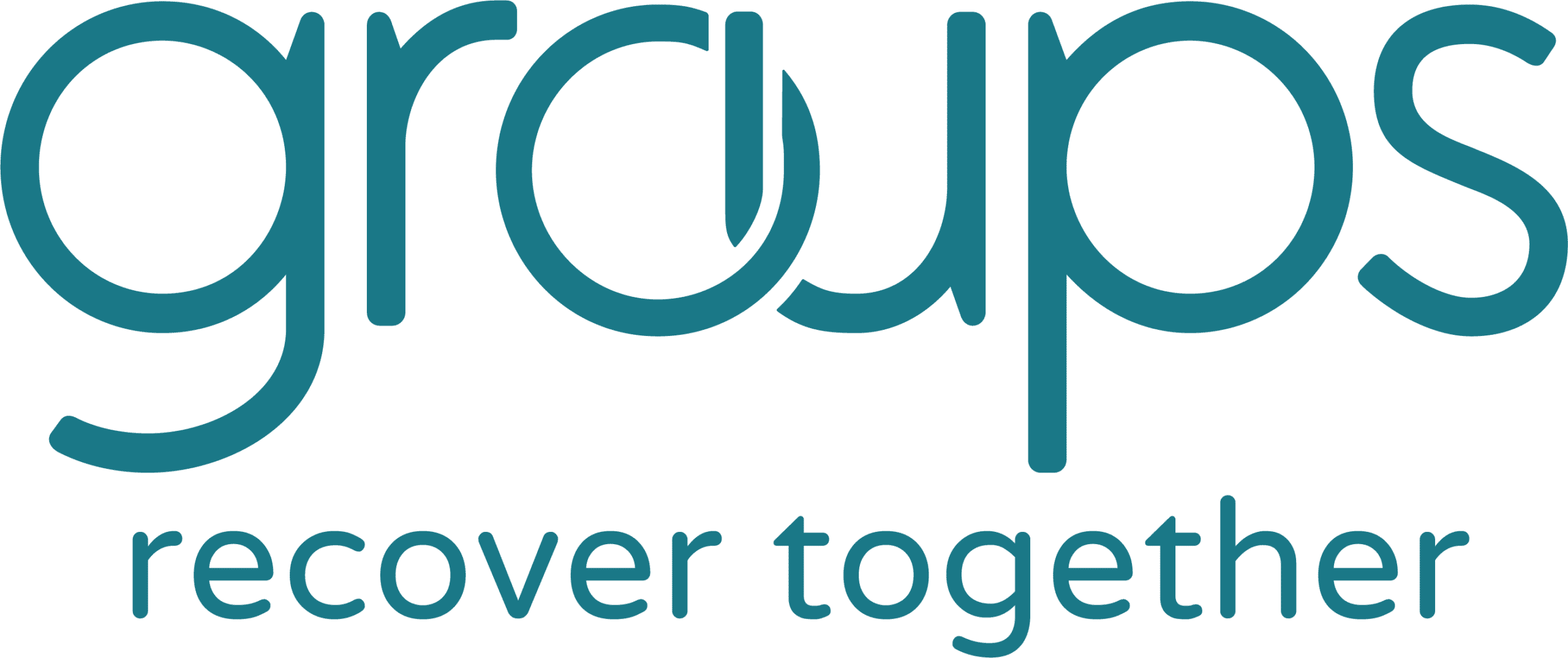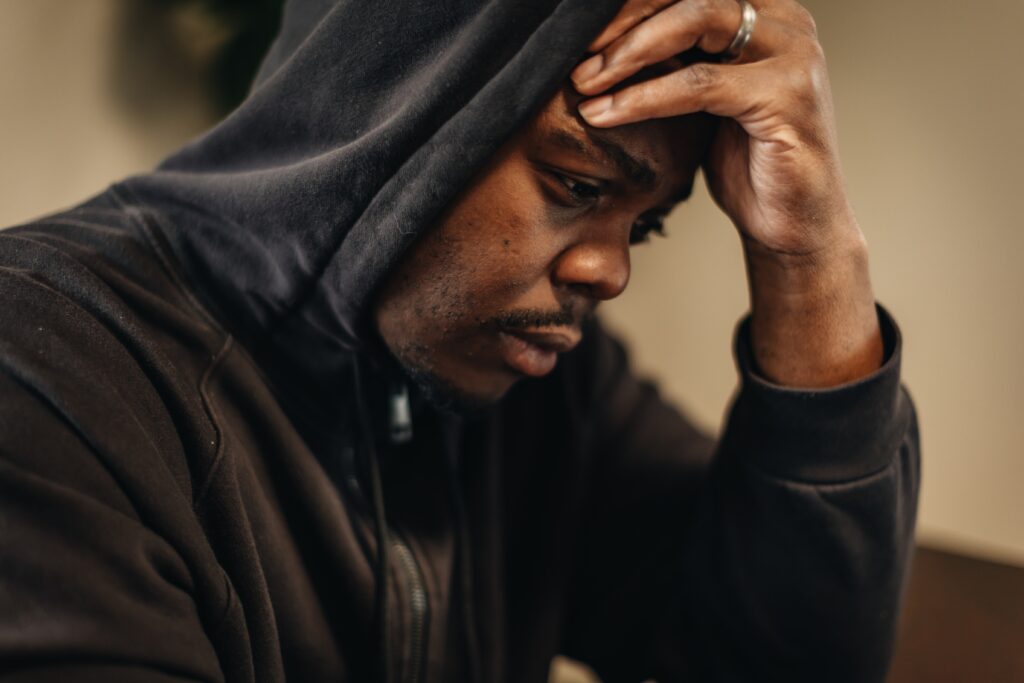Deaths from opioid overdose have been steadily increasing since the 1990s. In both 2021 and 2022, over 100,000 people in the United States died from opioid overdose. In 2023 and 2024, overdose deaths decreased significantly for the first time in over 30 years, according to CDC estimates. Several factors are responsible for the drop, including expanded access to medication for opioid use disorder (MOUD), harm reduction strategies, public health efforts, and policy changes. A nasal spray known as Narcan (naloxone) also played a critical role.
The first over-the-counter version of naloxone was approved by the Food and Drug Administration (FDA) in March 2023. A generic version and others quickly followed. By August 2024, overdose deaths fell from over 111,000 to fewer than 87,000. That’s about a 22% decrease.
Opioids like heroin, oxycodone, and fentanyl have always been a major driver of overdose deaths. At high doses, these drugs cause breathing to slow or stop. Respiratory depression is usually the cause of death when people overdose on opioids. When people receive a dose of Narcan, they regain consciousness and they’re able to breathe again almost immediately.
You may have heard about organizations giving out this medication for free. Narcan is commonly carried by first responders like paramedics, police officers, and firefighters, as well as health care professionals, harm reduction workers, and people in recovery or at risk of an opioid overdose. Friends and family of individuals with opioid use disorder often keep Narcan on hand to respond in emergencies. Additionally, educators, advocates, and members of the general public increasingly carry Narcan, especially in areas with high overdose rates. Many states provide free or low-cost Narcan through public health programs, pharmacies, and harm reduction organizations, ensuring broad access to this life-saving medication.
In this blog post, we’ll discuss what Narcan is and how it works.
What is Narcan?
Narcan is the brand name of a medication called naloxone that reverses the effects of an opioid overdose. It comes in both an injectable form and in a nasal spray. Narcan doesn’t cause a “high” like some medications for opioid use disorder (MOUD). Narcan should only be administered to people who are suspected to be experiencing an opioid overdose, but it’s not risky for those who aren’t unless they have opioid dependence (more on this later).
How does Narcan work?
Narcan works by attaching to opioid receptors in the brain and then reversing and blocking the effects of opioids. During an overdose, the central nervous system (CNS) is impaired. This is why people stop breathing. When opioids are blocked in the brain, the CNS can come back online. As the person receives rescue breathing, which is one step in the process of administering Narcan, more oxygen goes to their brain and their body takes over.
Can I carry and use Narcan?
Anyone can carry and use Narcan. There are training courses you can take to learn how to use it. However, you don’t need any training or certification to use it in an emergency. You should know what signs of overdose to look out for — a person will lose consciousness and stop breathing, and their pupils will shrink to a pinpoint. Their skin may turn blue or gray, and they might make a deep gurgling sound.
You should also know what steps to take to respond to a possible overdose besides giving the person Narcan. You’ll need to give the person rescue breathing after administering Narcan, so you might consider cardiopulmonary resuscitation (CPR) training as well.
Take the following steps to administer Narcan:
- Check for signs of overdose — Look for unresponsiveness or signs of overdose and call 911 immediately. Signs of opioid overdose include slow or no breathing; pinpoint pupils; blue or gray skin, lips, or nails; or gurgling or snoring sounds. Emergency help is critical, even if the person starts to respond after Narcan.
- Try to wake the person — Shake them gently or rub your knuckles on their breastbone. Say their name or loudly tell them, “I’m going to give you Narcan.”
- Administer Narcan — For nasal spray, insert the nozzle into one nostril and press the plunger firmly to release the dose. For injectable Narcan, inject into the outer thigh or upper arm muscle (through clothing if needed).
- Provide CPR or rescue breathing (if trained) — If they aren’t breathing, give rescue breaths. Pinch their nose, tilt their head back, and breathe into their mouth every 5 to 6 seconds. Continue CPR or rescue breathing as needed until they start breathing or help arrives.
- Administer a second dose if necessary — If there’s no response after 2 to 3 minutes, give another dose of Narcan and continue monitoring.
- Monitor the person and get them into care — Narcan wears off after 30 to 90 minutes, and the person could stop breathing again as opioids in their system may last longer. Ensure they receive medical attention.
If they start breathing on their own, place them on their side with their top leg bent to prevent choking and stay with them until emergency help arrives. Stay with them in the recovery position.
What else should I know about Narcan?
Only give Narcan in situations where an overdose from opioids is suspected. It won’t work on stimulants like cocaine or methamphetamine. Giving Narcan to a person with opioid dependence when they’re not overdosing can also cause an intense reaction called precipitated withdrawal. Allergic reactions to Narcan are rare but possible. However, when a person is overdosing, the risk of death is greater than these other risks.
Narcan only works for about 30 to 90 minutes. Opioids can stay in the body for longer than that, and some people will require more than one dose of Narcan. Even if they start to respond, you should still call 911 and ensure that the person is observed for two hours after their last dose. Care providers in emergency rooms can help treat severe withdrawal symptoms and help with the transition to opioid use recovery services like Groups.
What side effects can Narcan cause?
Narcan may cause some temporary side effects that usually aren’t life-threatening. If a person is dependent on opioids, they’re more likely to experience withdrawal symptoms after taking Narcan. These symptoms can start within minutes and typically subside quickly.
The following are some common side effects of Narcan:
- Fever
- Nausea
- Feeling restless
- Feeling irritable
- Fast heart rate
- Sweating
- Vomiting
- Shaking
Where can I get Narcan?
Narcan is available for purchase at many pharmacies. You can also find resources in your state through NEXT Distro or the National Harm Reduction Coalition’s Naloxone Finder. Groups members can get free Narcan with their Suboxone prescription. Talk to your care team if you need help accessing it.
The use of Suboxone as a medication for opioid use disorder (MOUD) is helping prevent overdose for people in recovery. The main ingredient, buprenorphine, has fewer side effects and safety concerns than other MOUD like methadone. It also includes naloxone, the active ingredient in Narcan, which helps prevent “misuse” of the medication.
Having Narcan on hand can make the difference between life and death during an opioid overdose. You can’t know in advance exactly when you’ll need it. Someone you know could overdose or you may need to give it to a stranger. Carrying Narcan and being prepared to use it is a way to show others compassion.
Do you have a loved one who’s in recovery from opioid use disorder? Our Recovery Access Specialists can help. Have your loved one give us a call today for more information or to begin their recovery. If Groups doesn’t offer treatment in your state, you can locate other treatment options here.




